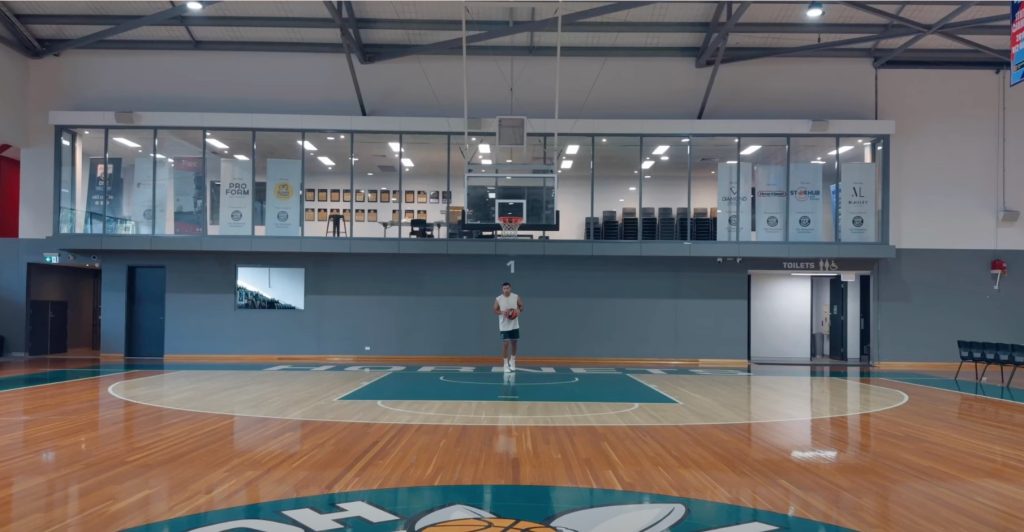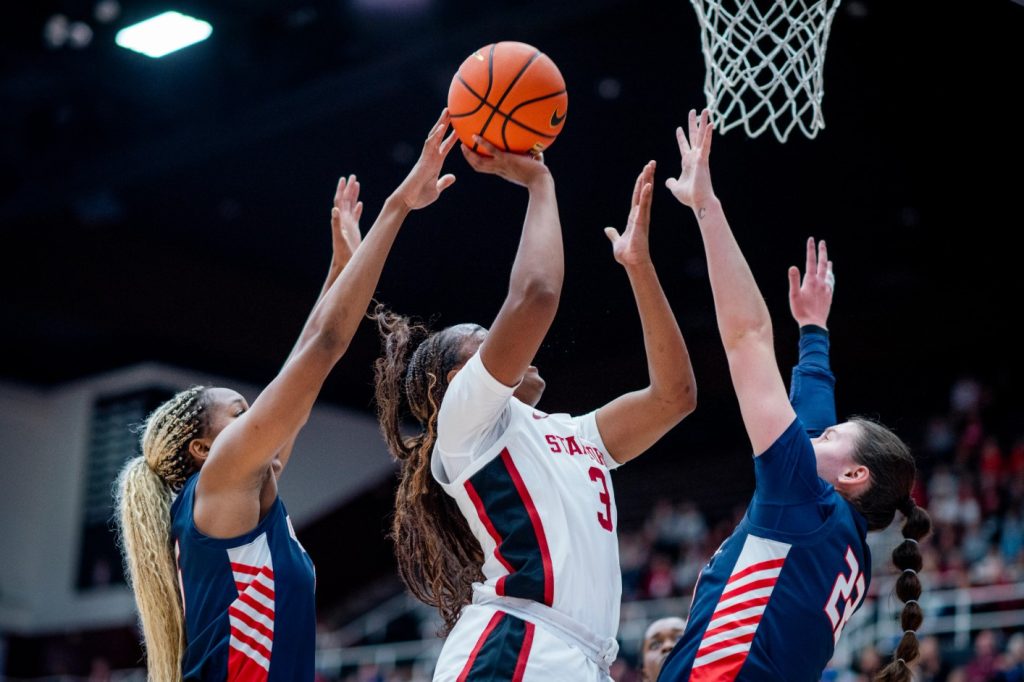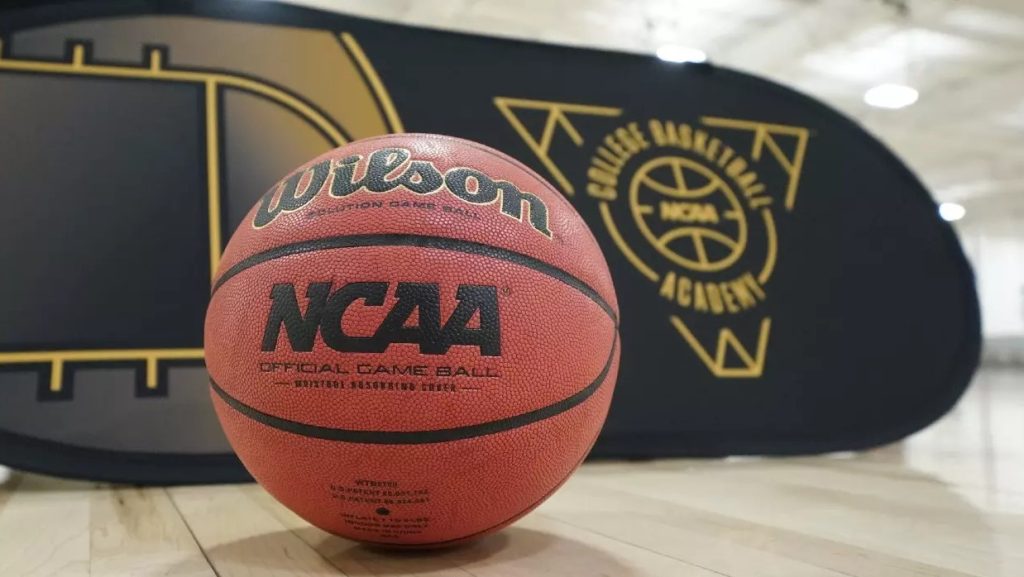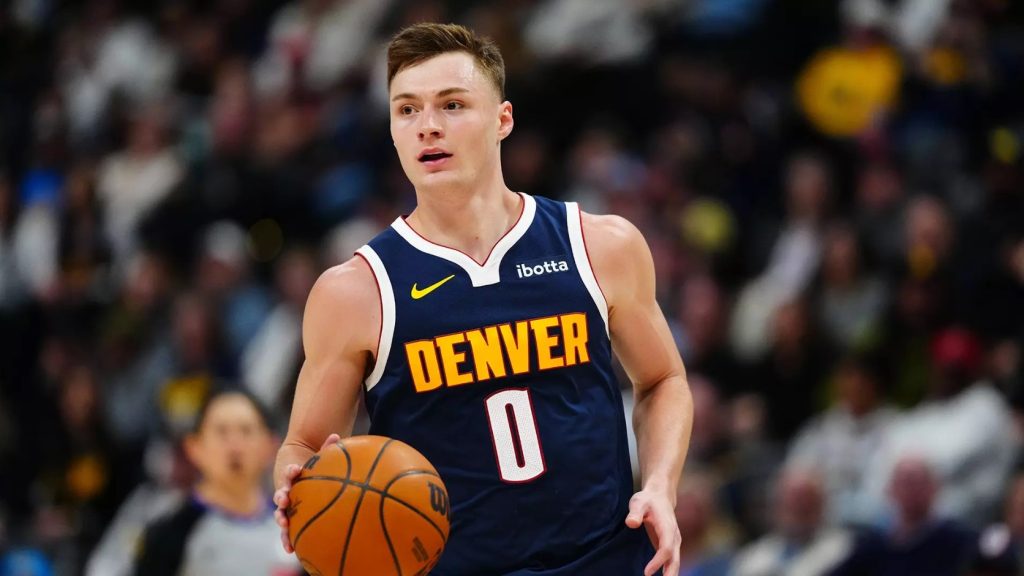Barabati Stadium Boundary Length: Key Details and Specifications
Barabati Stadium, situated in the city of Cuttack, Odisha, is a historic venue in Indian cricket. Known for its roaring crowds and challenging pitch conditions, this stadium has hosted several domestic and international matches over the decades. One of the key aspects of any cricket ground that influences gameplay is the boundary length. Whether you’re a cricket enthusiast, analyst, or player, understanding the boundary specifications of Barabati Stadium provides deeper insights into how the game unfolds on this turf.
Table of Contents
History and Overview of Barabati Stadium
Constructed in 1958, Barabati Stadium is owned and managed by the Odisha Cricket Association. It has hosted ODIs, T20Is, and a few Test matches. The stadium is multi-purpose, used not only for cricket but also for football and cultural events.
General Stadium Details
| Feature | Specification |
|---|---|
| Location | Cuttack, Odisha, India |
| Established | 1958 |
| Capacity | ~45,000 |
| First International Match | 1982 (ODI: India vs England) |
| Primary Use | Cricket, Football |
| Floodlights | Yes |
Importance of Boundary Length in Cricket
In modern cricket, boundary length plays a strategic role. Shorter boundaries tend to favor aggressive batsmen and high scores, especially in limited-overs formats. Longer boundaries, on the other hand, challenge batsmen to rely more on timing and placement rather than brute force, offering bowlers and fielders more of a chance.
Barabati Stadium: Boundary Length Specifications
The boundary dimensions at Barabati Stadium are generally within the limits set by the International Cricket Council (ICC), but can vary depending on the format of the game and specific event setups. Typically, the stadium does not have the shortest boundaries in India, making it a reasonably balanced venue for both batsmen and bowlers.
Typical Boundary Measurements
| Direction | Distance (Meters) | Distance (Yards) |
|---|---|---|
| Straight (Front) | 73–75 | 80–82 |
| Straight (Back) | 64–66 | 70–72 |
| Square (Off Side) | 69–71 | 75–77 |
| Square (Leg Side) | 70–72 | 76–79 |
| Third Man/Fine Leg | 60–65 | 66–71 |
Boundary Impact by Match Format
Different match formats require tailored pitch and boundary arrangements to match their pace and excitement levels.
Format-Based Boundary Adjustment
| Match Format | Boundary Behavior | Average Total |
|---|---|---|
| Test Match | Longer boundaries, defensive field | 250–350 |
| ODI | Medium to long, balance between bat & ball | 260–320 |
| T20 | Shorter boundaries, favor batsmen | 160–200 |
Influence on Strategy
Batting
Barabati’s boundaries are not excessively short, which requires batsmen to use placement and timing rather than just power. Most sixes cleared at this venue are clean hits rather than mistimed edges. Players like Virat Kohli and MS Dhoni have succeeded here through calculated shot selection rather than brute force.
Bowling
Bowlers, particularly spinners, benefit from the longer straight boundaries. Slower deliveries and yorkers are common tactics, especially in the death overs in limited-overs formats. Seamers also focus on length variation, trying to force errors in shot execution.
Fielding
Captains often position fielders at deep square leg and long-on, knowing those are high-traffic zones for aggressive batsmen. Boundary riders need to be quick and agile due to the expansive size of the ground in certain areas.
Comparisons With Other Indian Stadiums
Boundary Comparison Table
| Stadium | Straight Boundary | Square Boundary | Remarks |
|---|---|---|---|
| Barabati Stadium | 73–75 m | 69–72 m | Balanced, slightly spinner-friendly |
| Wankhede (Mumbai) | 64–68 m | 60–65 m | Small boundaries, high scoring |
| Eden Gardens (Kolkata) | 68–70 m | 66–70 m | Slightly oval-shaped, supports pace |
| M. A. Chidambaram (Chennai) | 70–75 m | 65–68 m | Spin-friendly conditions |
| Chinnaswamy (Bangalore) | 64–66 m | 60–65 m | High altitude, ball travels far |
Challenges and Variability
While these dimensions are standard, the actual boundary length during a specific match may vary due to:
- Pitch Positioning: Moving the pitch closer to one side shortens one boundary while lengthening the opposite one.
- Advertising and Branding Areas: Space for sponsor boards can cause the rope to be pulled inwards.
- Security and Safety Zones: Safety buffer zones also impact the distance between the playing field and the spectators.
Barabati Stadium, with its moderately long and balanced boundary dimensions, presents a strategic venue where both batsmen and bowlers have opportunities to shine. Unlike some smaller grounds that produce lopsided contests in favor of batsmen, Barabati demands skill, patience, and adaptability. Its boundary lengths contribute significantly to the nature of cricket played here, especially under lights and high humidity conditions. Whether you’re watching a T20 thriller or a grinding ODI, Barabati’s field setup ensures a fair, engaging contest.





